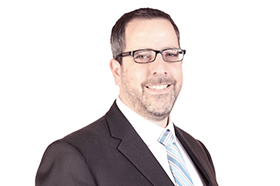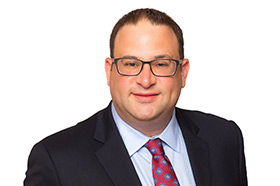Deal volume expected to accelerate later in 2023
In just about any economic environment, healthcare remains one of the most attractive industries for private equity. A growing base of consumers, advances in treatment protocols and technologies provide an environment for innovation that makes investment ideal.
At the same time, high interest rates and a global economic slowdown are creating a cautious approach toward investment in any industry. These issues were discussed in depth at the recent McDermott Will & Emery Healthcare Private Equity Miami Conference.
- Volume to pick up later in 2023. A challenging deal environment in the face of high interest rate and valuation misalignment between sellers and buyers will dampen deal volume in the first half of 2023, but activity is expected to pick up in the second half. A slowdown in deal volume in the first half will drive an uptick in creative financing structures, including a return to earnouts, seller financing, minority recapitalizations and co-investment. Additionally, PE firms may line up an executive team in the short term and execute a platform investment in the latter part of the year.
- Specialty outlook is bright. The light continues to shine brightly on specialty physician practices including cardiology, oncology, ortho/PT and GI. The advancement of technology has improved patient outcomes and reduced risk in these specialty practices. For example, 50% of cardiac cases can now safely be performed in an outpatient setting. Additionally, these specialty practices afford an opportunity for the investor to aggregate large amounts of clinical data, which can be monetized via biotechnology and pharmaceutical companies in their attempt to develop novel treatments. Such industry tailwinds will help sustain investors’ appetite for platforms and add-ons in specialty practices.
- More risk, more reward. Value-based care will drive meaningful financial results. With 48% of the eligible Medicare population enrolled in Medicare Advantage plans and the Centers for Medicare & Medicaid Services committed to having 100% of enrollees in a value-based care program by 2023, tailwinds are driving at-risk arrangements forward. Health system leaders also are pushing forward, acknowledging that taking on full risk gives them the freedom to do what is right for the patient. Large health systems and smaller for-profit companies are now asking for full risk as workflows have significantly advanced, enabling providers to manage patients effectively so they have fewer acute episodes, hospital visits and readmissions. The effect of such a full-risk arrangement is considerable cost savings, which are shared among companies, practices and payors, and greater patient satisfaction.
- Tech options remain attractive. Although digital health growth has plateaued after explosive growth at the onset of the COVID-19 pandemic, assets remain attractive in 2023 since quality care can be provided for many episodes at a distance. The rising costs of delivering face-to-face healthcare and staffing shortages will continue to be tailwinds for digital health. Therefore, expect telehealth, health tech and analytics companies to continue to be attractive assets in 2023.
- Behavioral health gets specialized. A fragmented behavioral health market made up of informal private practices is ripe for consolidation via tailwinds from digital health providers that focus on expanding their scope of care to a behavioral health specialty. Specifically, tele-mental health providers may focus on acquiring assets in group therapy or condition-specific behavioral health services (e.g. OCD, ADHD, PTSD, etc.)
Contacts:
Our private equity featured industry insights

No Results Found. Please search again using different keywords and/or filters.









